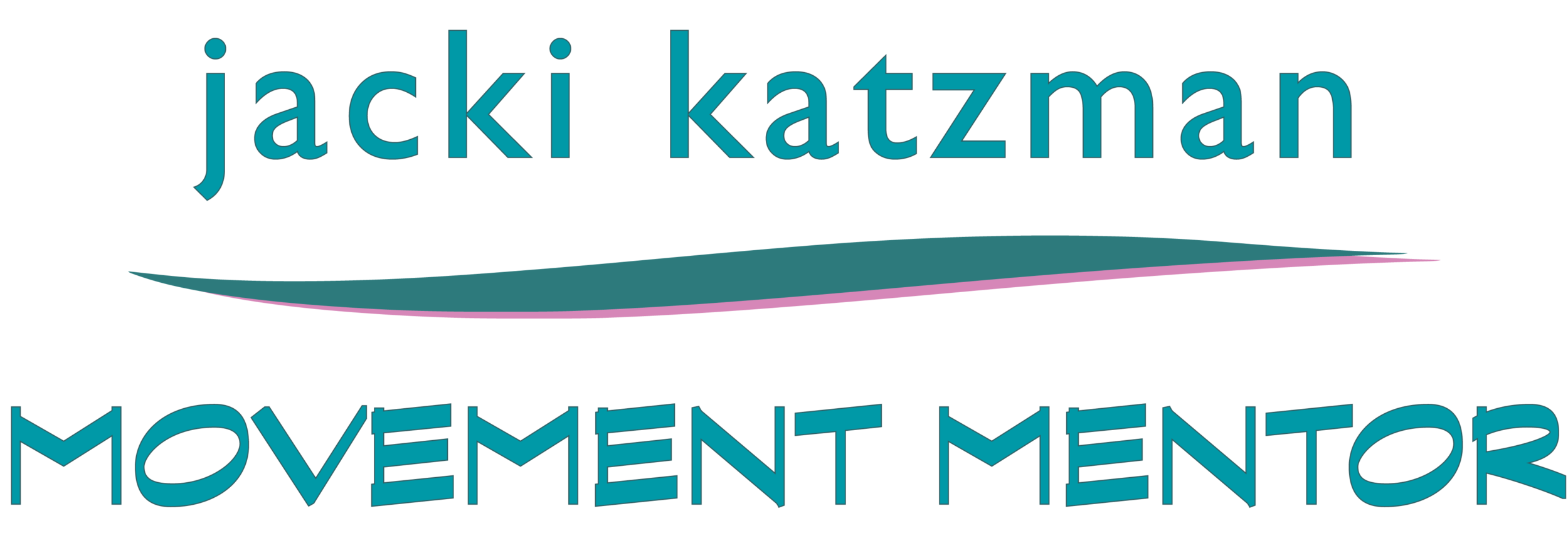Clumsy Is A State of Mind - You can overcome childhood fears and learn to love sports
Feeling uncoordinated, either as a kid or an adult, doesn’t mean you can’t still be an athlete: that is the message of a recent NYT article.
The not-so-secret secret about clumsiness is that it starts in the brain. The great news for kids like me, who were terrified of gym class, is that proper training, we can update our self image to include competence and joy in movement. For me, that training was Awareness Through Movement.
According to Justin Ross, a clinical psychologist who specializes in human performance: “The first step to moving past clumsiness is to question the story you’ve been telling yourself.” Changing that story is step one in shifting old perceptions.
Taking the time to practice moves accurately is critical to forming efficient, new movement patterns advises Dr. Jill Zwicker, a researcher and occupational therapist at the University of British Columbia.
Because motor learning doesn’t come as naturally to some people, transforming clumsiness into smoothness isn’t easy, and there are limits says Dr. Zwicker. To learn new sports, she advises breaking movements into reproducible steps that can be developed sequentially. And having fun!
“The ability to spin a basketball on your finger or return a fast tennis serve comes from how efficiently the brain can communicate across nodes and networks controlling things like vision, motor control and decision-making, as well as between the brain’s right and left hemispheres, Dr. Wilkerson said.
“If those don’t sync well, you’re clumsy,” he said.
The good news is that nervous tissue in the brain and spinal cord is very good at adapting and changing. In the same way that some stroke patients can relearn to walk, uncoordinated people can learn new sports and activities with focus and practice. In other words, clumsiness, Dr. Wilkerson said, is “very correctable.”
Maybe because of his busted knee, or maybe because of his compassion, Dr. Moshe Feldenkrais built these “klutz busting” approaches into his Awareness Through Movement® practice.
Every class begins with a scan, a realistic assessment of how your body is today. Lessons all incorporate many scans to give students accurate information about how their bodies are learning and adapting.
Lessons break big movements down into small, almost silly, low-impact components, and build patterns in reproducible sequences. Lessons use variety and unusual approaches to give different types of learners, with different types of bodies, alternative access points to larger gestures.
In the end, students are challenged to update self images based on the changes that have come about, the habits and blind spots revealed, and the sense of movement potential revealed.
As the kid who cowered in gym class, I can attest that this work - works. I’ll never be able to catch my brother on the ski slope, never hit a pickle ball like someone with better eye-hand coordination. But in the areas that I enjoy - swimming, skiing, kayaking, dancing, playing bass - I have become my own best coach and teacher, and am finding joy in sports I never imagined possible as a child.
I wish the same for my sisters in klutz!



